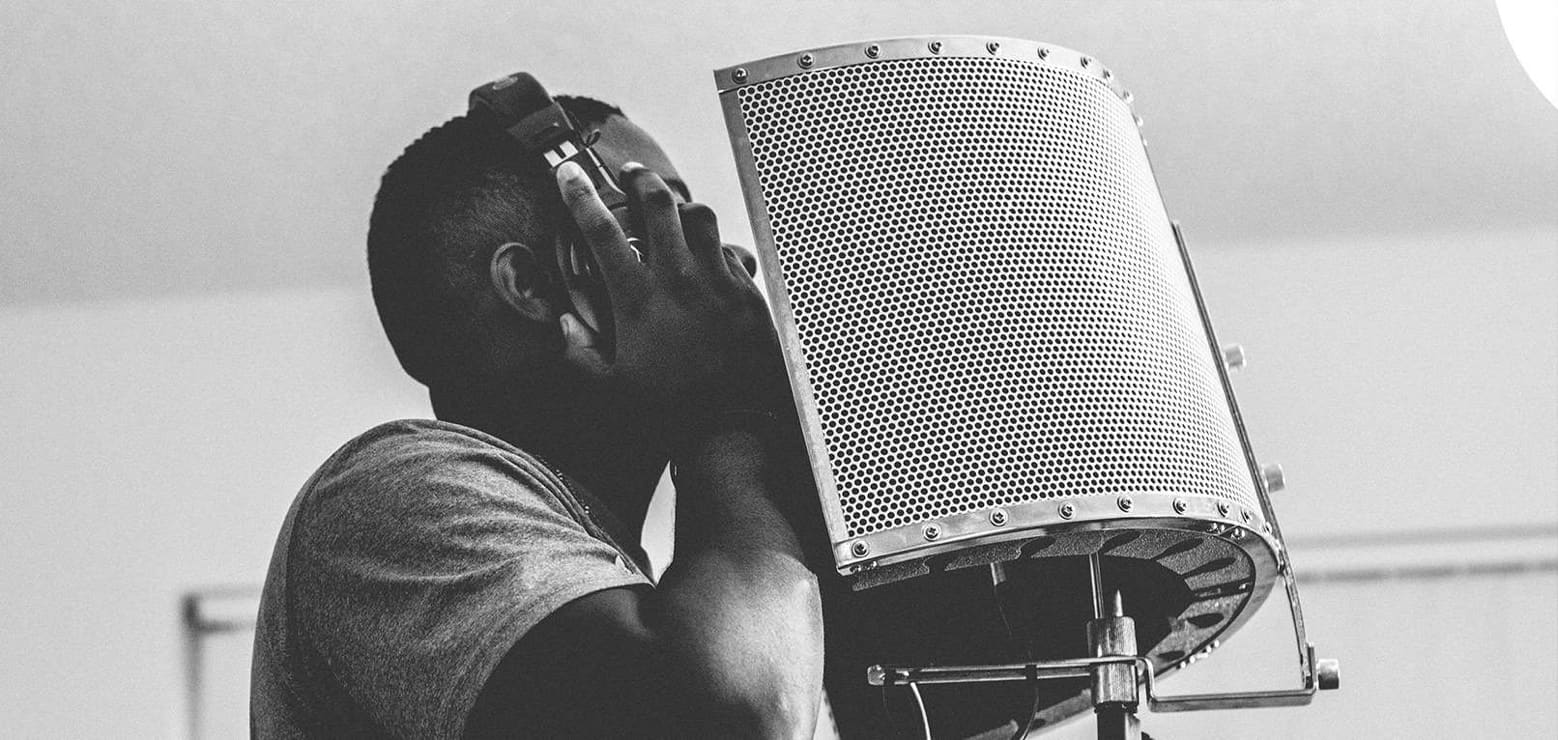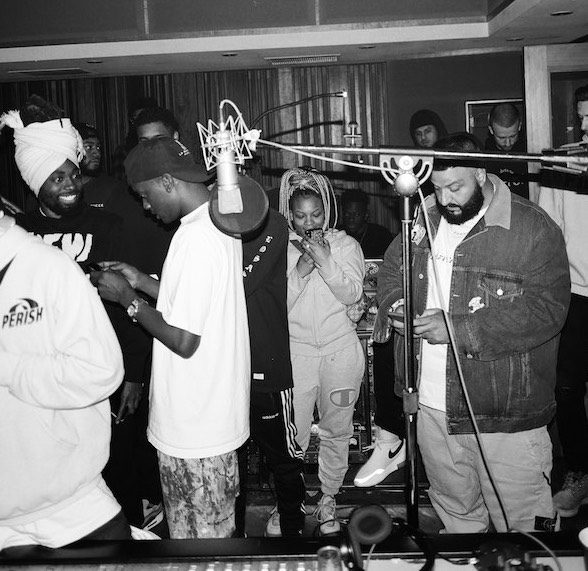
In the studio, there’s no time to waste. Whether you’re a rookie or a vet, you have to own your sh*t! In this How-To, you’ll learn some basic studio etiquette, what files to gather before your session, and more. The following steps will have you up on game and will set you apart from other artists/creatives if followed.
Step 1: Create A Plan Before You Go To The Studio
Be proactive and create a plan before your studio session. Preparedness shows professionalism. Think about what you want to work on, and how you want to utilize your time in the studio. For example, spend the first hour finishing anything you still have on your plate like polishing up production or finish writing lyrics, then spend the remaining time recording, and if you have enough time left, focus on mixing and mastering.
Step 2: Have Most Of Your Music Already Written
Often times artists spend the majority of their time writing instead of recording, consuming the entirety of their session. The more prepared you are for the session, the better! Come ready with the bars, unless you’re an adequate freestyler or plan on freestyling. This way you don’t spend all your recording time writing.
Step 3: Have Files Ready For Your Engineer
Beat Files
-Have an MP3 or WAV file ready to send to your engineer
-Include or have your producer include the BPM (beats per minute) in the file name if they can. This saves the engineer time.
-Also, include or have the producer include the key of the beat in the file name or in an email if possible. This will also save your engineer some time, as they require the key if you plan on using Auto-Tune.
-Have the production stems on deck if you plan on having your engineer mix the beat.
Pro Tools Files
-If you plan on working on an existing song, come through with the Pro Tools zip file of your previously recorded session. Send this to your engineer via WeTransfer as zip files tend to be larger files.
Step 4: Know How You Want Your Project To Sound

Conceptualize how you want your music to sound. Think about the type of effects you might want, like Reverb or Delay. Think about where to put adlibs, harmonies, and more. The more you know about how you want your project to sound, the more you can explain to your engineer what you’re going for.
Step 5: Tell Your Engineer What You Want
Don’t sugar coat! Don’t go with the flow! Tell the engineer your exact vision. Don’t hesitate to tell them to take off anything unwanted. For example, if you don’t like the amount of autotune on your vocals, simply tell the engineer to turn the autotune down a notch. This is probably the most crucial step to ensure you’re in control of your studio session. If you don’t know what you want, your engineer will try what THEY think sounds cool, and that might not resonate with your style/sound.
Step 6: Be Selective About Who You Invite To Your Session

At the end of the day, it’s your studio session and you’re responsible for anything that happens during that period of time. You’re also responsible for your homies’ actions since you pulled up with them. Refrain from inviting problematic people, or anyone who may be capable of distracting from your session. Additionally, anyone who brings negative energy and throws off the vibe should not be invited.
Step 7: Don’t Waste All Of Your Studio Time Goofing Around With Your Homies
It might be hard not to goof off with your day ones, but in order for you to receive the most out of your session, you have to stay focused. Stick to the plan you created and execute. Time spent catting off with friends during your session can be better spent recording, writing, etc. Remember that your homies will still be around after your session; you can cat off later. Keep your eyes on the prize!
Step 8: Don’t Forget To Ask For Your Session Files
You should always ask for your session files just in case later on you want to make some changes, or if you plan to add some finishing touches at another studio. Ask your engineer to send you your Pro Tools session file via WeTransfer, as well as an MP3 or WAV bounce of your project.